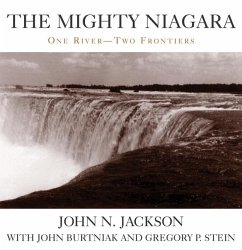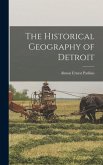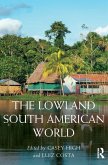This in-depth regional study of the Niagara Frontier traces the evolution of landscape and patterns of settlement on both sides of the Niagara River extending from St. Catharines, Ontario, to Lockport, New York. This significant region, astride an international frontier, both connects and separates, unites and divides Canadian and American territories bordering the Niagara River. Like map overlays that build on an underlying base geography, Professor Jackson's chronological approach begins with the qualities of the physical background and their ongoing ramifications up to the present for the use and development of land. He then adds the Native settlements, showing their trails and economic activities, while highlighting the amazing fact that certain Native features remain an intrinsic part of the modern landscape. The next time period reveals that the previous human landscapes, once continuous across the Niagara River, became acutely discontinuous with the creation in 1783 of an unseen but divisive international boundary. Subsequent chapters follow the changes over the course of time as canals, railways, hydroelectric power, and the dominance of the automobile in the present era all transform the environment. Jackson also discusses Niagara Falls as the fulcrum around which the Niagara Frontier has developed and the impact of the tourist industry on the region. This thorough analysis of an important international region will be of great use to students of regional, urban, and historical geography as well as to anyone involved in cross-boundary trade, education, or tourism.
Hinweis: Dieser Artikel kann nur an eine deutsche Lieferadresse ausgeliefert werden.
Hinweis: Dieser Artikel kann nur an eine deutsche Lieferadresse ausgeliefert werden.








